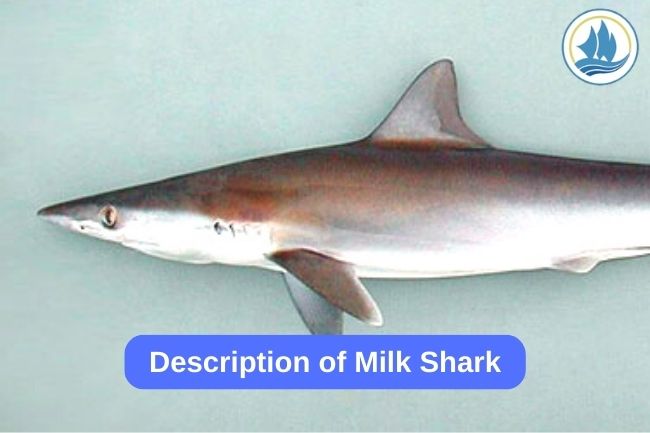Description of Milk Shark
By. Nevanda - 16 Mar 2023
kelolalaut.com - Milk sharks (Rhizoprionodon sp.) is one of requiem shark species and belong to Carcharhinidae family. The name comes from an Indian belief that consuming its meat will promotes lactation. This species is the largest and most widely distributed member of its genus. Milk shark can reach size up to 1.1 m long and generally female milk shark are heavier than a male shark.
Milk sharks can be found in coastal tropical waters throughout the eastern Atlantic and the Indo-Pacific regions. They live from the surface to a depth of 200 m, and commonly seen near the beaches and estuaries. There is also record that show this shark can swimming up rivers in Cambodia.
Read also: Understanding IUU Fishing
Taxonomy
Phylum : Chordata
Class : Chondrichthyles
Subclass : Elasmobranchii
Order : Carchariniformes
Family : Carcharinidae
Genus : Rizoprionodon
Milk shark has a slender body with a long, pointed snout, large, and round eyes. The nostrils are small, as are the adjacent triangular skin flaps. There are long furrows at the corners of the mouth on the both of upper and lower jaws. They have 24 – 25 rows tooth in both jaws. Their upper teeth are finely serrated and strongly oblique, while the juvenile teeth are smooth-edged.
Read also: What is Fish Roe?
Milk sharks feed consists of small bony fishes, but they also eat cephalopods and crustacean. In turn, they often become a prey to larger sharks and possibly marine mammals. Milk sharks are often caught by artisanal and commercial fisheries in many countries for its meat, fins and fishmeal. This species of shark usually caught using longlines, gillnet, trawls and hook-and-line.
Like common member in their family, the milk shark is viviparous, with the developing embryos sustained by a placental connection. Females give birth to one to eight young either during a breeding season or throughout the year, depend on their location. The reproductive cycle usually occurs annually, but may be biennial or triennial.
Read also: Gummy Shark Habit and Description








